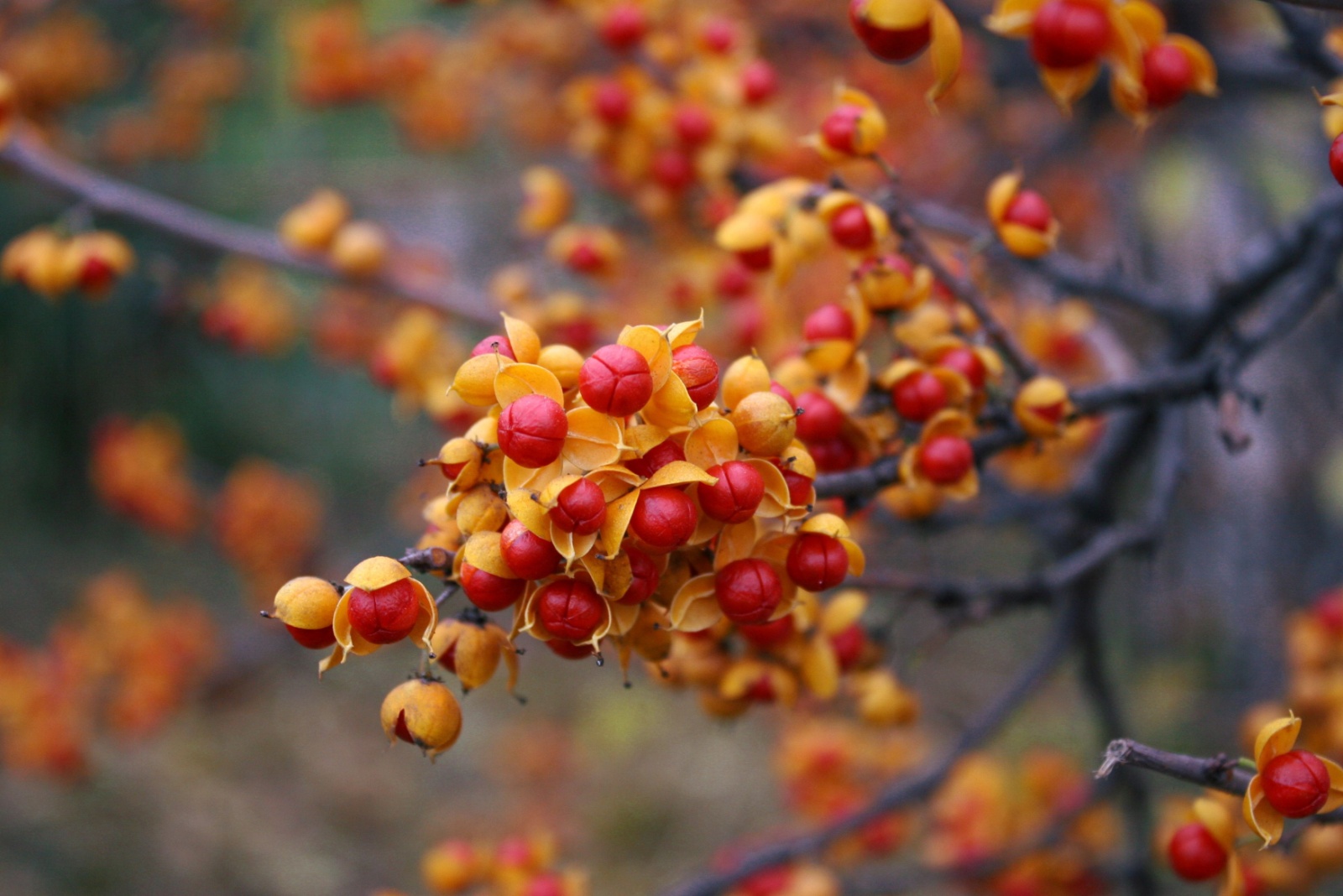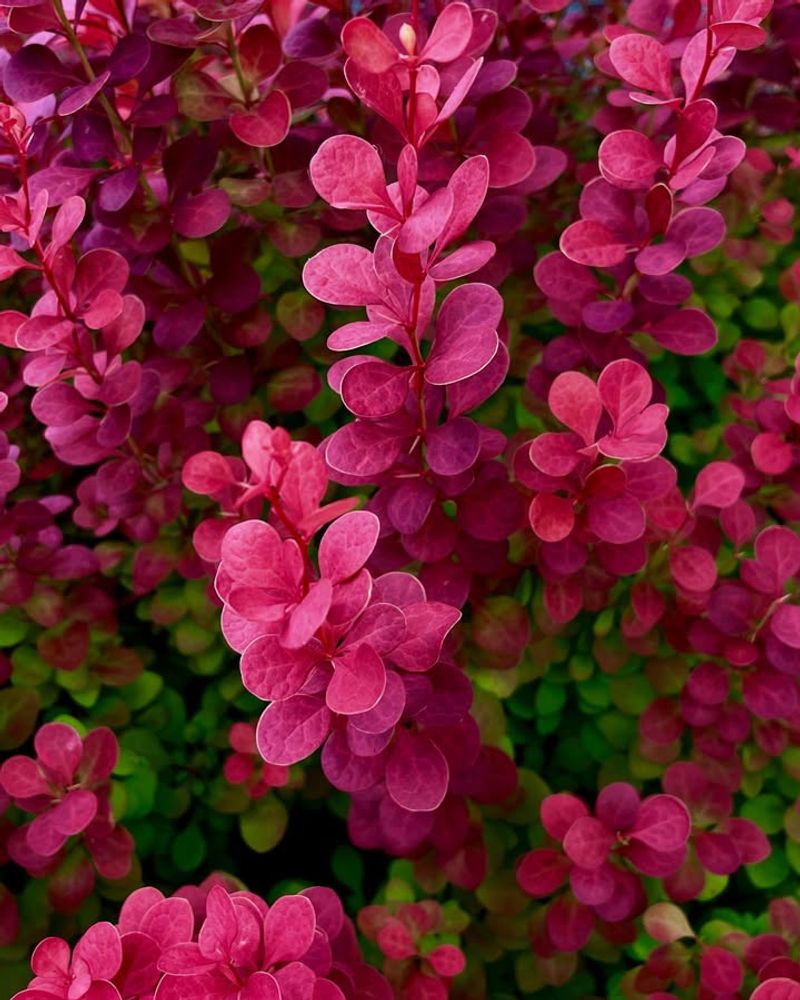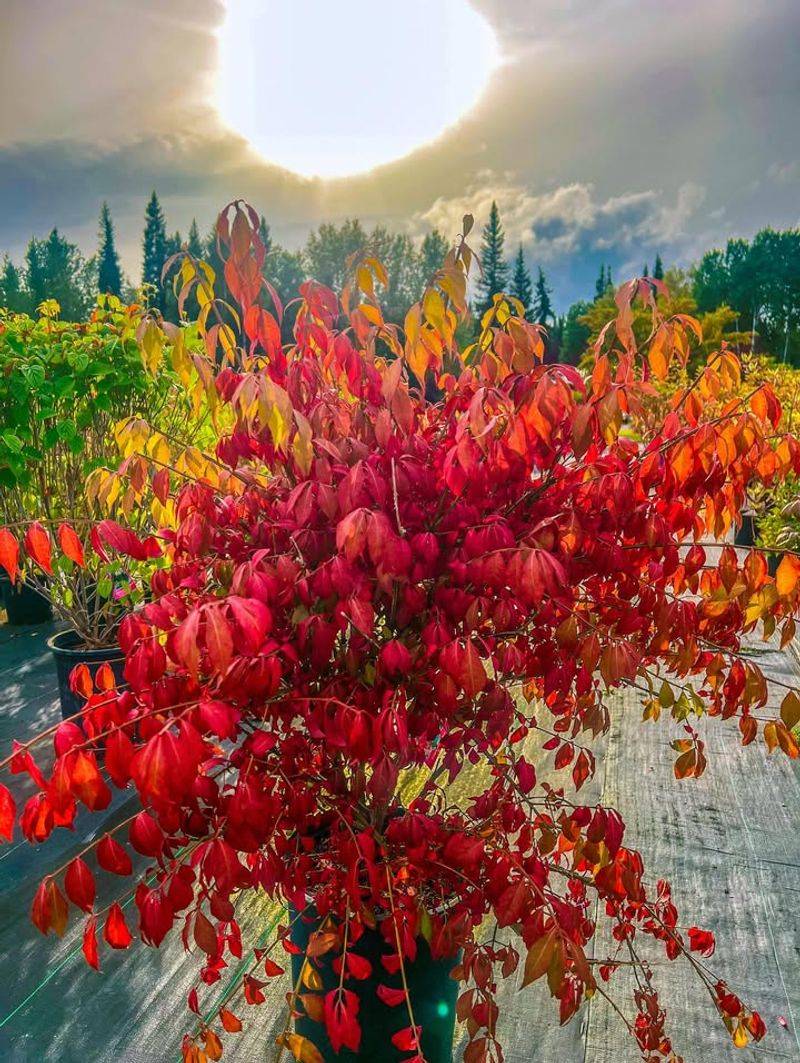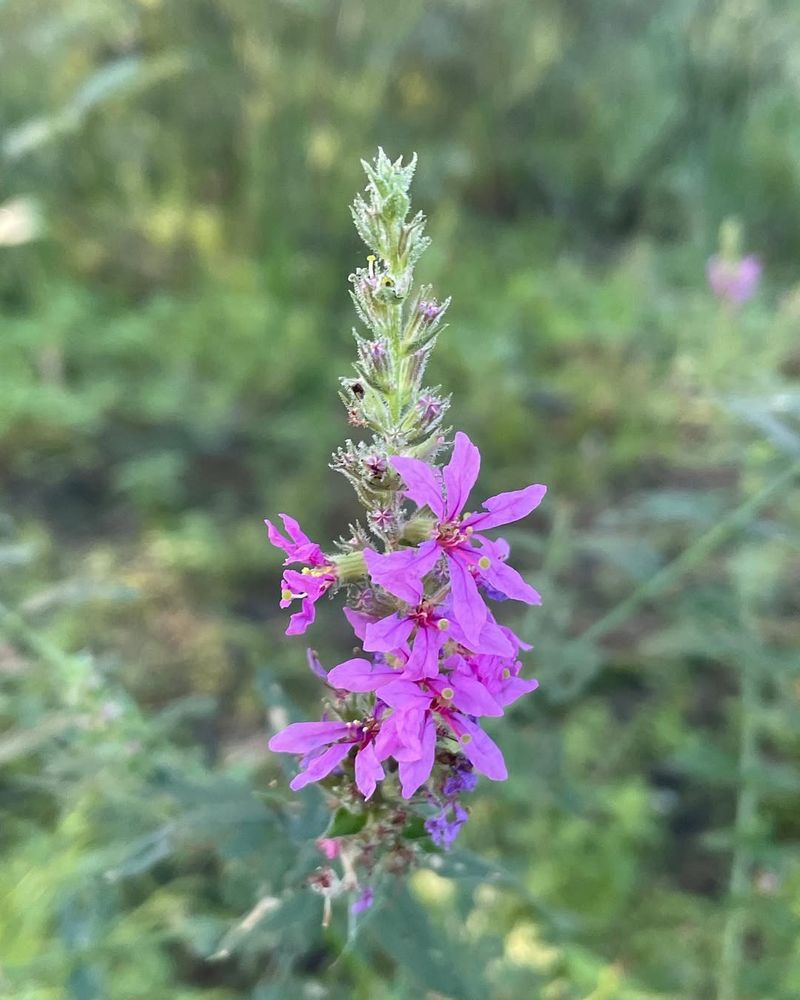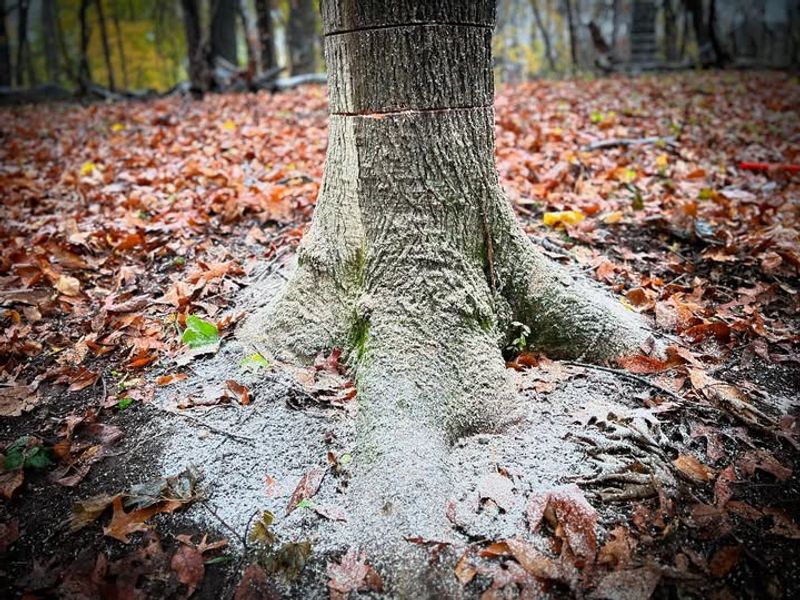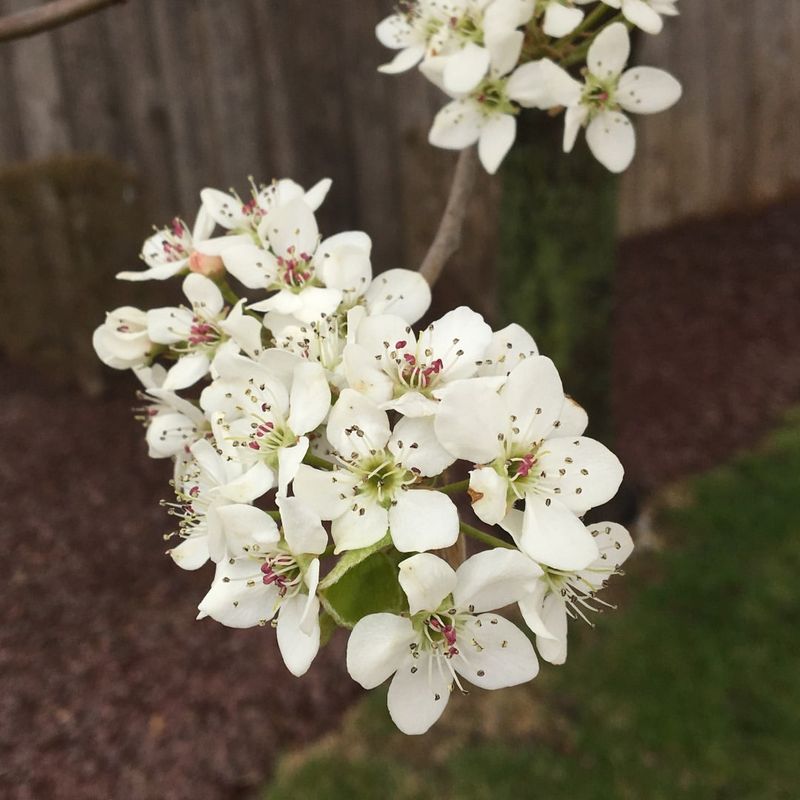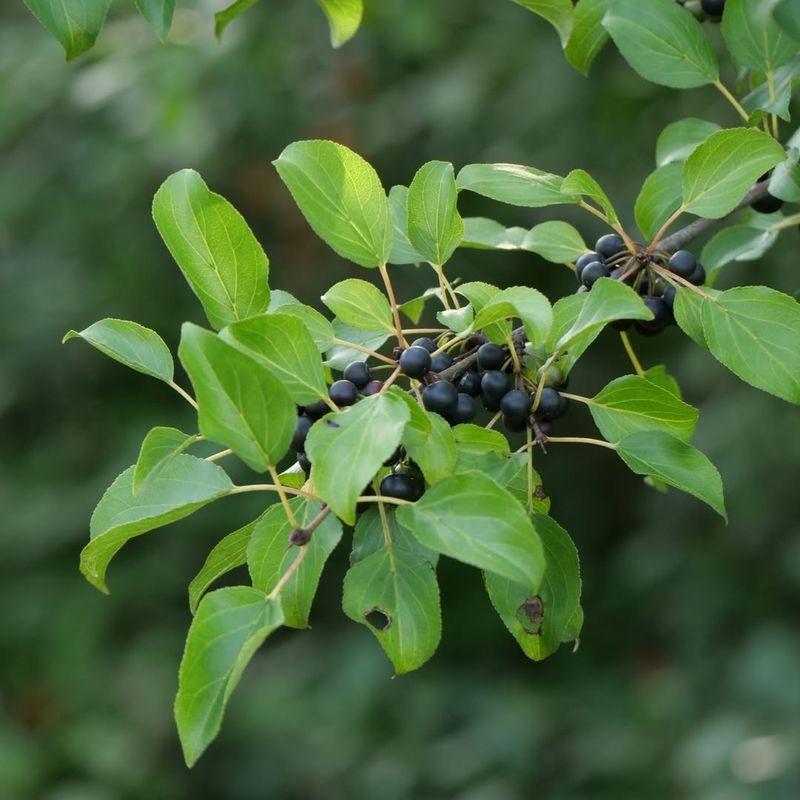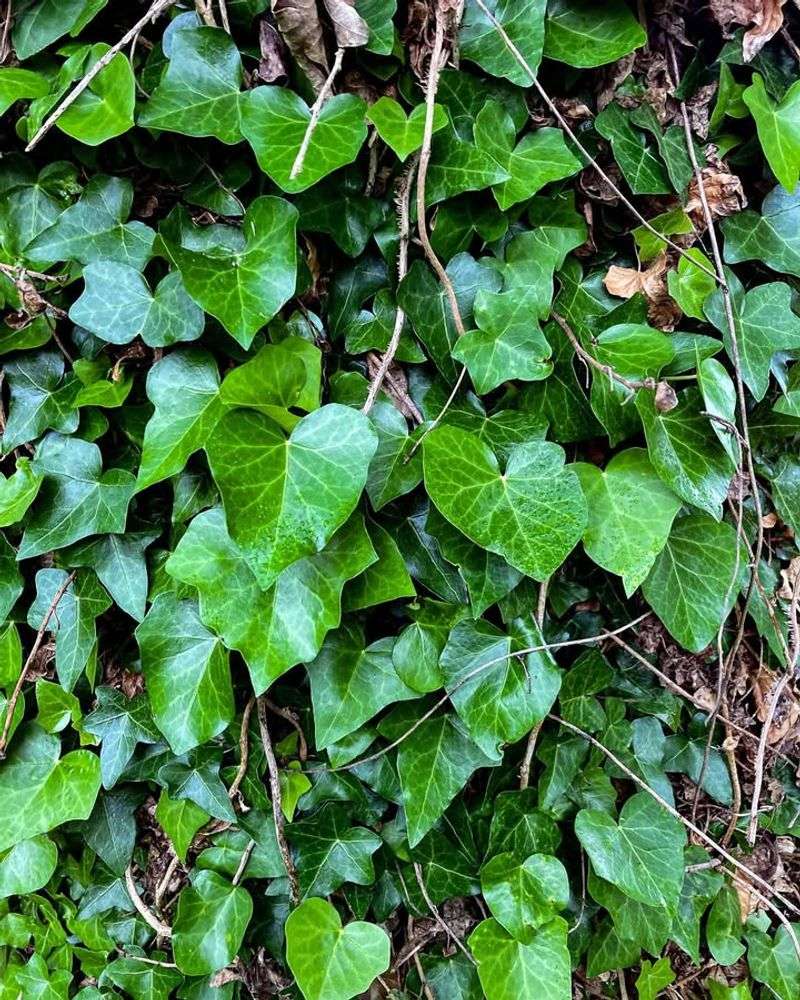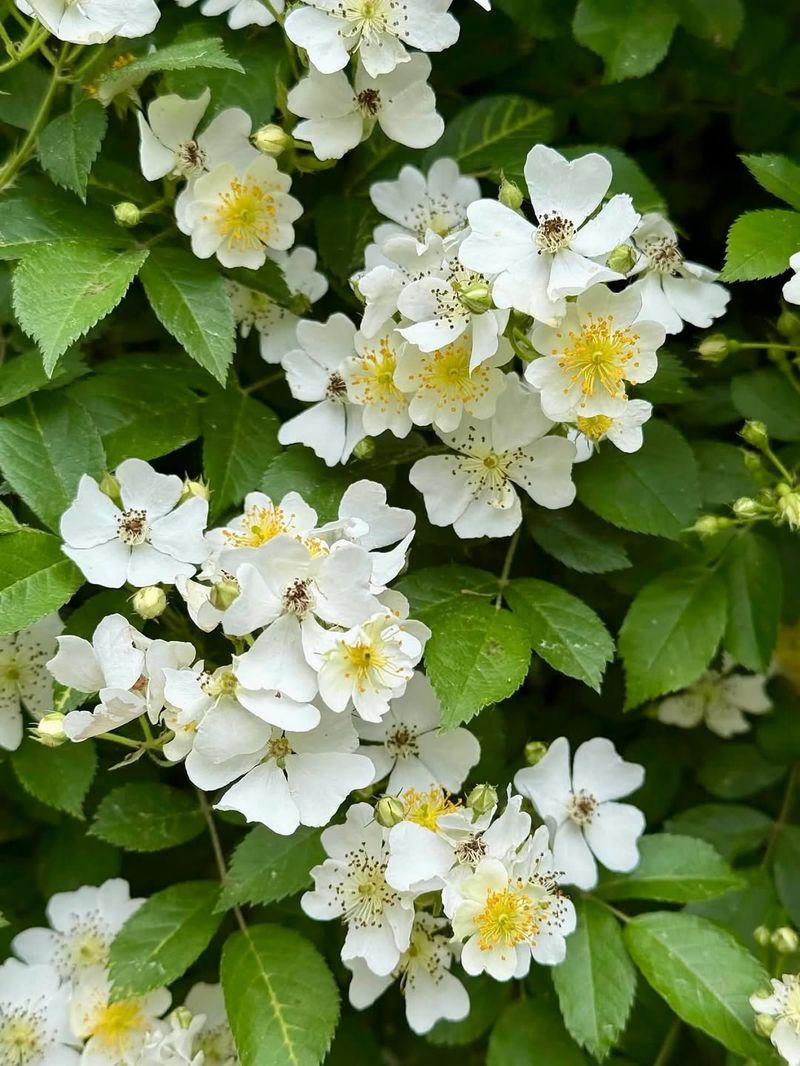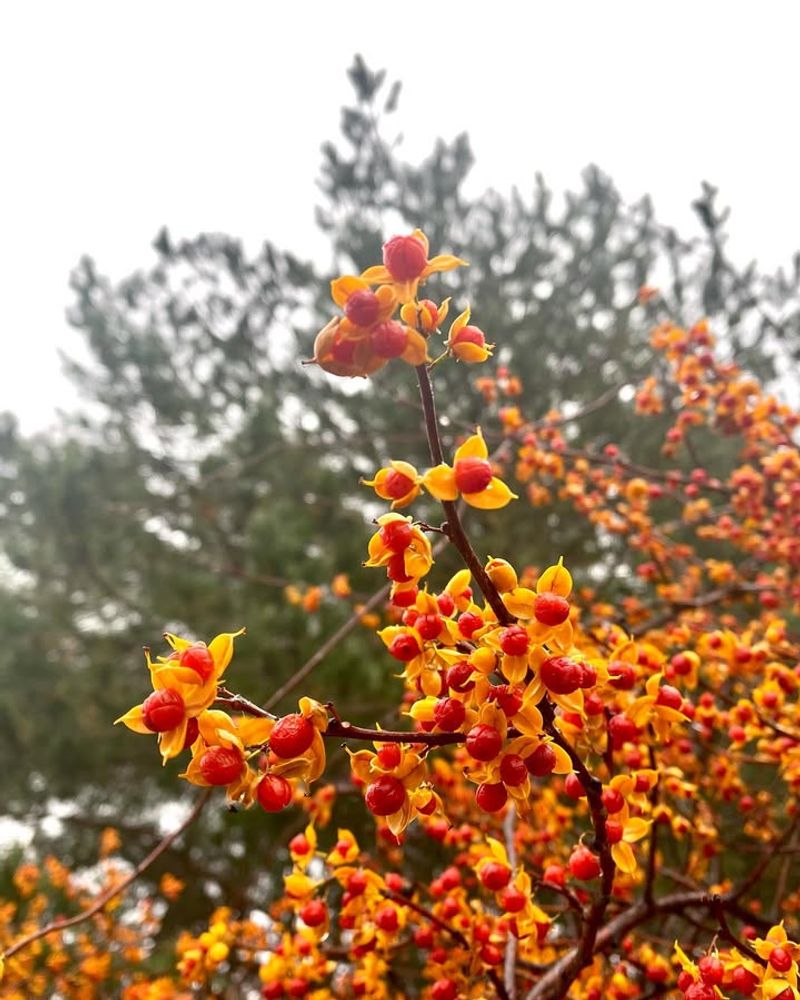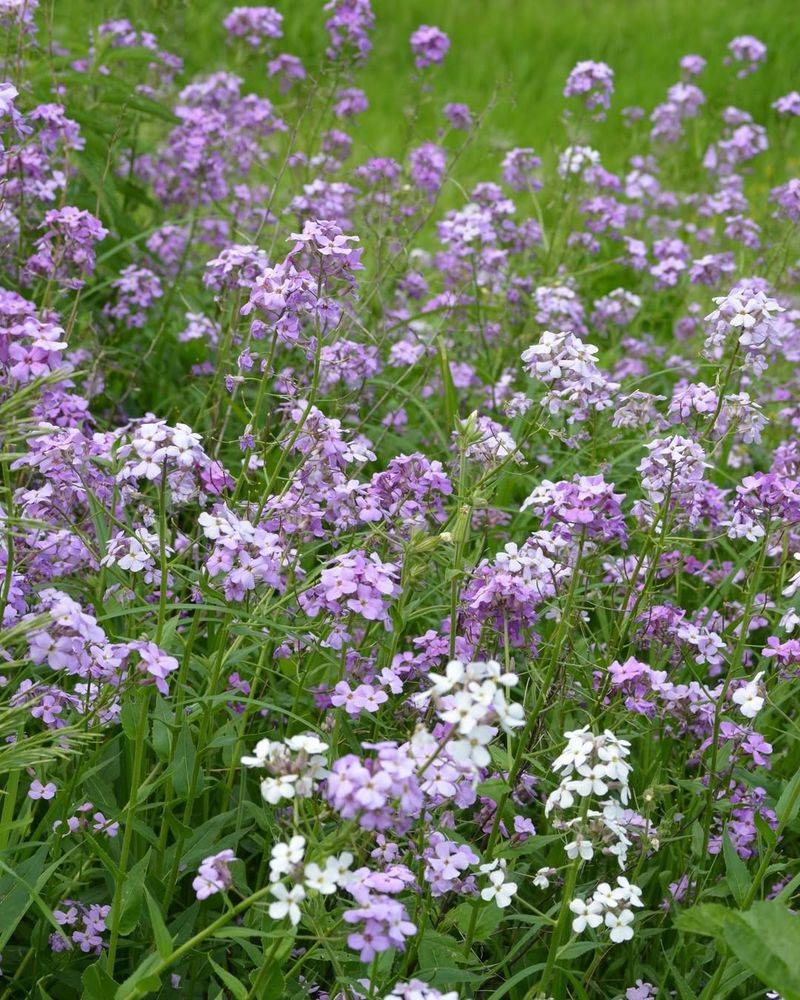Illinois gardeners might want to take a closer look at what’s growing in their yards. Some popular plants are actually invasive species that harm local ecosystems by crowding out native plants and disrupting wildlife habitats.
State officials are considering stricter regulations on certain garden favorites, and you might be surprised by what could end up on the banned list.
1. Japanese Barberry
Homeowners love how Japanese barberry adds a pop of color with its red berries and compact size. But wildlife experts have discovered something troubling about this popular hedge plant.
Fallen leaves from barberry create the perfect humid environment for deer ticks, which carry Lyme disease. The shrub spreads rapidly into forests and parks, creating dense thickets that choke out wildflowers and native ground cover.
Illinois naturalists recommend replacing it with native alternatives like ninebark or chokeberry.
2. Burning Bush
Every fall, burning bush puts on a spectacular show with fiery red leaves that make neighbors stop and stare. Unfortunately, birds eat the seeds and deposit them throughout natural Illinois areas, where the plant quickly takes over.
Once established in forests, burning bush creates such dense shade that native seedlings cannot grow underneath. The plant tolerates almost any soil condition, which helps it spread even faster.
Garden centers now stock native alternatives like Virginia sweetspire that offer similar fall color.
3. Purple Loosestrife
With towering spikes of magenta flowers, purple loosestrife looks absolutely stunning along pond edges and in Illinois rain gardens. A single plant produces over two million seeds each year, and those seeds remain viable in soil for decades.
Wetlands invaded by purple loosestrife lose their ability to support ducks, frogs, and turtles. The plant forms such thick stands that native cattails and sedges disappear entirely.
Gardeners seeking similar blooms should try native blazing star or ironweed instead.
4. Norway Maple
Generations of Illinois families have planted Norway maples for their fast growth and thick shade. Beneath these trees, however, nothing else grows because the dense canopy blocks nearly all sunlight.
Shallow roots spread aggressively, making it nearly impossible to establish grass or flowers underneath. Seeds germinate so readily that forests become dominated by Norway maples, pushing out native oaks and hickories.
Sugar maples and red maples provide better wildlife habitat while offering equally beautiful fall colors.
5. Callery Pear
Bradford pears became the darling of suburban Illinois landscaping thanks to their clouds of white spring flowers and perfect pyramid shape. What developers didn’t mention was how brittle the branches are and how aggressively the tree spreads.
Strong winds easily split the trunks, and birds scatter seeds throughout prairies and woodland edges. Sharp thorns on wild varieties make invaded areas nearly impenetrable.
Native serviceberry trees bloom just as beautifully and provide berries that songbirds actually prefer.
6. Common Buckthorn
Old farmsteads throughout Illinois feature buckthorn hedges planted decades ago as windbreaks and privacy screens. Birds feast on the berries, but the fruits act as a laxative, spreading seeds far and wide through droppings.
Buckthorn leafs out earlier than native plants and keeps its leaves longer, stealing sunlight from everything around it. Invaded woodlands become barren understories where spring wildflowers once bloomed.
Removing buckthorn requires cutting and treating stumps to prevent aggressive resprouting.
7. English Ivy
Covering unsightly walls and filling bare spots under trees seems like a perfect job for English ivy’s evergreen foliage. Once established, though, ivy climbs tree trunks and adds so much weight that branches break during storms.
Ground-covering vines prevent tree seedlings from taking root and smother native woodland flowers. Ivy shelters rats and mosquitoes while providing little value to native insects and birds.
Native wild ginger or Pennsylvania sedge make excellent groundcovers without the invasive behavior.
8. Multiflora Rose
Government agencies once encouraged farmers to plant multiflora rose as natural fencing and erosion control. What seemed helpful in the 1950s became an ecological nightmare by the 1980s.
Arching canes root wherever they touch Illinois ground, creating impenetrable walls of thorns that take over pastures and forest edges. Each plant produces hundreds of rose hips that birds spread enthusiastically.
Removing established thickets requires years of persistent cutting and herbicide treatment to exhaust the root system completely.
9. Oriental Bittersweet
Illinois craft enthusiasts adore oriental bittersweet for its decorative orange berries that last through winter in dried arrangements. In the wild, this aggressive vine climbs high into tree canopies and girdles trunks with constricting stems.
Entire trees die when bittersweet blocks their access to sunlight and cuts off nutrient flow. The vine spreads through both seeds and underground runners, making control extremely difficult.
American bittersweet offers similar decorative berries without the destructive growth habits of its Asian cousin.
10. Dame’s Rocket
Many Illinois gardeners mistake dame’s rocket for native phlox because of its similar purple and white flowers. Seed companies even include it in wildflower mixes marketed for pollinator gardens.
Unlike true natives, dame’s rocket spreads aggressively along roadsides and into natural areas, displacing plants that specialist butterflies and moths depend on. Seeds remain viable for years, making eradication nearly impossible once established.
True native phlox species provide better nectar sources and support more beneficial insects than this European imposter.

